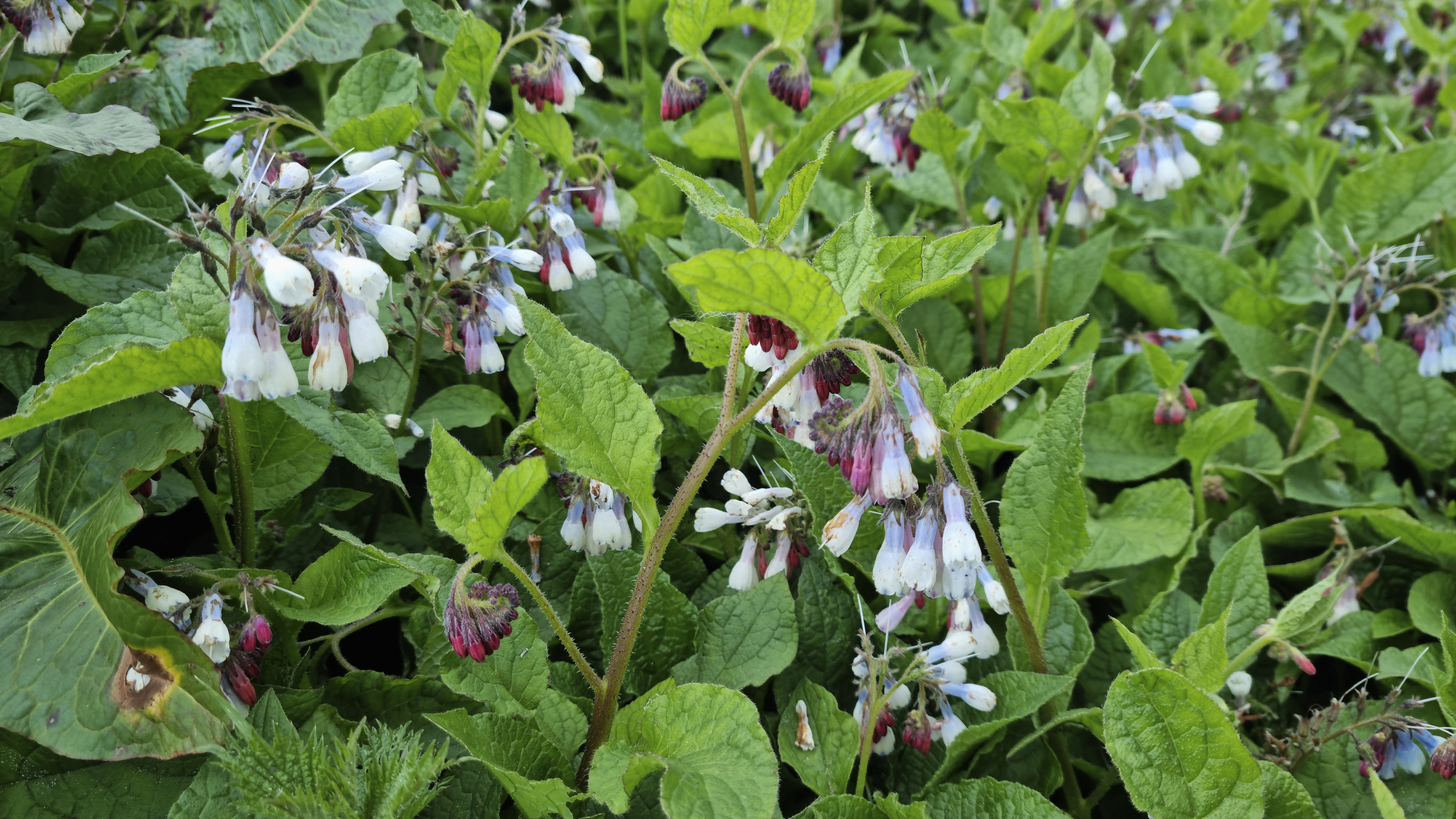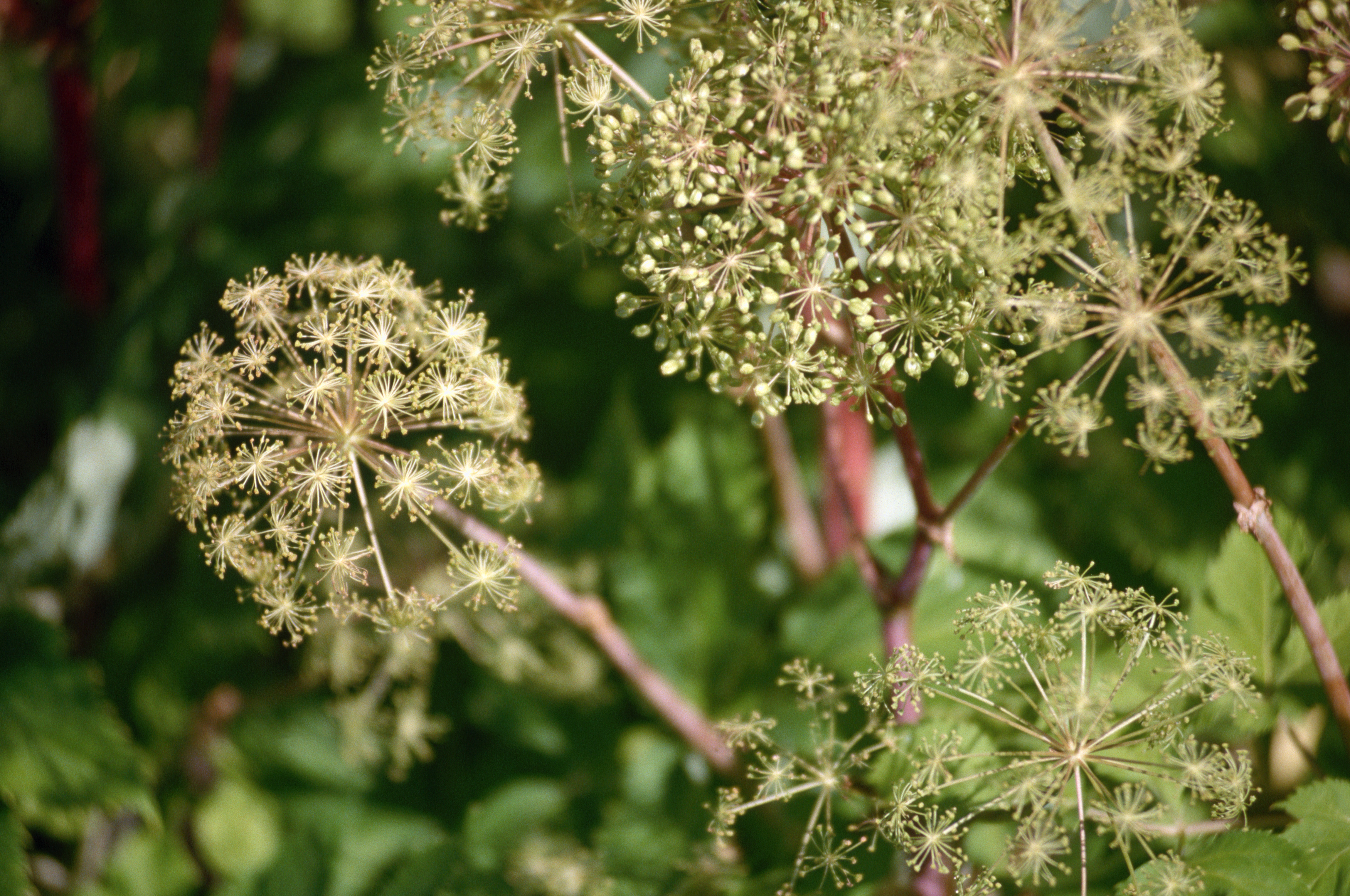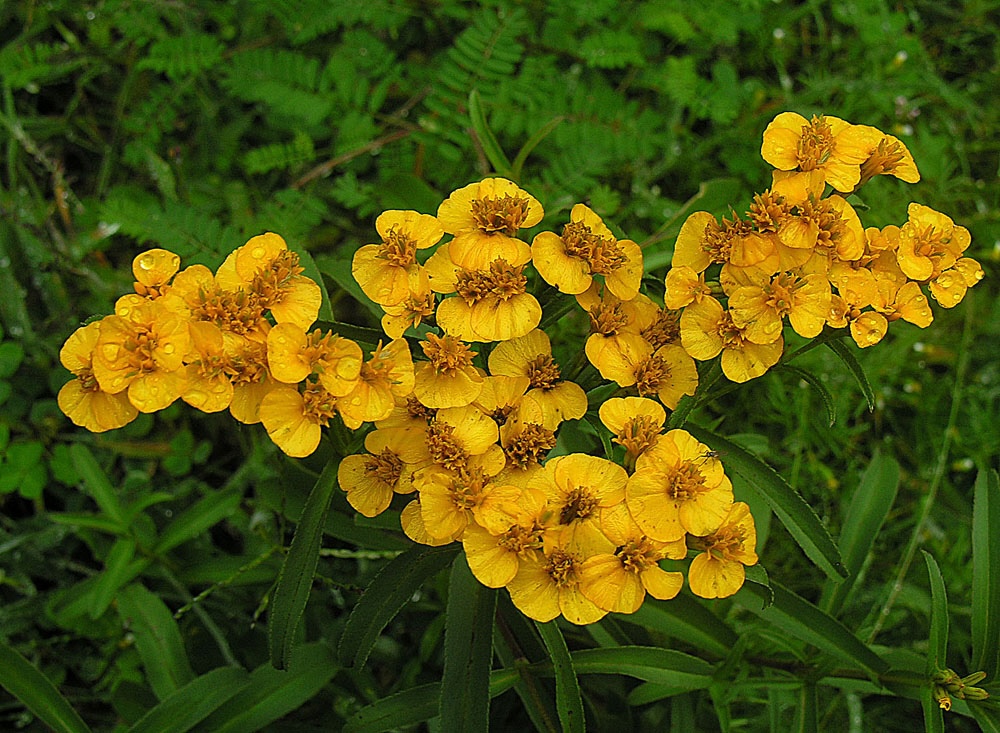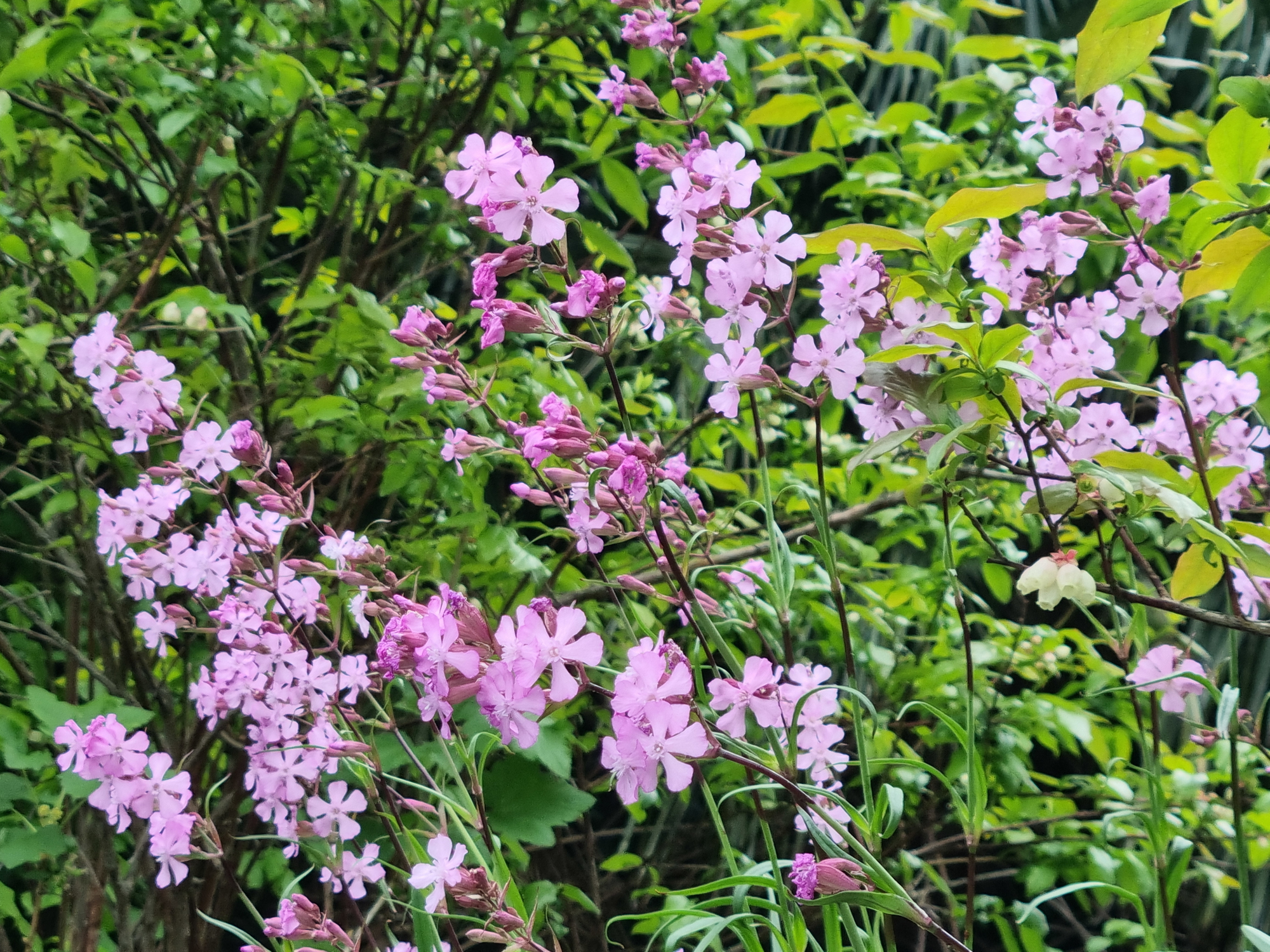Growing herbs is part of any diverse, thriving garden. Many herbs are attractive plants, plus they add a variety of pleasant aromas to your outdoor space. Harvesting your own herbs is convenient and saves money since you can easily pick freshly harvested herbs instead of purchasing them at the grocery store. Gardeners also use herbs for flavorings in dishes or tea, to create oils, and to dry them to use for many months to come.
Most people tend to choose the usual suspects to plant—such as thyme, basil, and rosemary—but we want to challenge you to take your herb garden game to the next level. We asked several gardening experts to let us in on a few lesser known “secret” herbs to plant this year that provide an abundance of benefits. Each is known for either its unique flavor for food and drinks, health (medicinal) attributes, pest control perks, or cleaning capability. Here are 8 recommended rare herbs to grow that can help improve your meals, protect your health, and improve your home.
1. Anise Hyssop (Agastache foeniculum)
Despite its common name, this herb is neither anise seed nor hyssop, nor a blend of the two. While it has a sweet, licorice-like flavor similar to anise, it is a member of the mint family. “Not only does it look stunning with its purple flower spikes, but it also serves a variety of uses,” says Jennifer Cassels, a gardening expert and the president of The Blissful Place in New York City, NewYork. The leaves can go into various culinary dishes, including salads, teas, and baked goods, plus they can help soothe coughs and improve respiratory health.
Anise hyssop also attracts butterflies and bees while naturally repelling certain garden pests like cabbage moths. The plant also can add fragrance to soaps and cosmetics. “This herb should be planted in a sunny location with well-drained soil,” advises Cassels. Pruning is essential to promote bushier growth on this perennial in USDA Zones 4 to 8. She suggests harvesting the leaves after the morning dew has dried, then drying the herb in a dark place with good air circulation to get the most flavor.
2. Comfrey (Symphytum officinale)

Comfrey is a large, coarse, clumping perennial herb with pointed, hairy leaves and tubular, white to pink to purple flowers that grow like a bell shape in drooping clusters. “Its big leaves are wonderfully healing for the skin as a simple poultice and in salves, lotions, and balms,” says Cassie Johnston, a master gardener and founder of Growfully.com. “It’s a great herb to make ‘natural Neosporin’ out of,” she adds.
You also can make tea out of comfrey leaves. It can even serve as a fertilizer if you tear up the leaves and spread them around your garden or if you create a liquid spray. “In fact, some people just grow comfrey right in their garden so the leaves drop and feed the soil,” she says. Comfrey does well in Zones 4 to 8 with medium moisture and well-draining soil in full sun to partial shade. Keep in mind that the herb grows quite large, so it’s not a good choice for small gardens.
3. Lemon Verbena (Aloysia citriodora)

Also known as lemon beebrush, this underused herb has an incredible lemon fragrance that’s even more intense and complex than from lemon balm or lemongrass. It’s also versatile in the kinds of benefits the herb offers. “Its uses and benefits include flavor that is fantastic in teas, syrups, desserts, and salad dressings; health because it can be used for improving digestion and calming nerves, and it has mild anti-inflammatory properties,” says Petar Ivanov, gardening and plant expert at Fantastic Gardeners in London, England. In addition, Ivanov says it has use for “cleaning since when its leaves are steeped in vinegar, they make a natural, lemony cleaning solution; and pest control because the strong scent repels mosquitoes and flies,” he says.
Lemon verbena thrives in full sun as a perennial in Zones 8 to 10 (and annual where colder). It needs well-draining soil and some shelter from strong winds, plus regular pruning to maintain its bushy shape. Harvest the leaves in the morning once the dew has dried so they can be used fresh for teas or infusions. You can also dry verbena by tying stems in small bundles and hanging them in a dark, well-ventilated spot. Store the dried leaves in an airtight container away from light.
4. Lovage (Levisticum officinale)

With dark-green, frilly leaves and bright yellow flowers, this tall plant (growing up to more than 4 feet high) is a great addition to any garden given its culinary and medicinal perks. The entire plant is edible and safe when used at moderate levels in food. It has an interesting peppery taste similar to celery, with a gentle hint of anise. “Its flavor makes it a great addition to soups, stews, and salads, and it has been used in traditional herbal medicine as a mild remedy for bloating and digestive discomfort,” says Cassels.
Add leaves to salads or use in place of parsley, and use the seeds to flavor marinades, soups, chilis, and dips. This perennial plant thrives in USDA Zones 3 to 9 in well-draining sandy, loamy soil, along with sunlight or partial shade. Harvest lovage leaves throughout the growing season by cutting the outer stems and drying leaves for use year-round. The seeds can also be dried and used as a spice.
5. Mexican Mint Marigold (Tagetes lucida)

Also called Texas tarragon, this herb with small golden flowers is flavorful, medicinal, and an effective pest repellent. It tastes sweet and anise-like, similar to true tarragon, so it adds flavor to chicken recipes, vinegars, or even herbal teas, says Matthew Wilson, horticulturist and CEO of Handy Gardeners in London, England. “It’s been used medicinally to soothe digestion and promote sleep; as an added plus, it repels pests such as whiteflies and nematodes,” says Wilson.
This late-summer flowering plant prefers warm temperatures (Zones 8 to 11), full sun, well-draining soil, and minimal watering once established. Harvest the leaves prior to flowering for maximum flavor; just snip and air-dry or steep fresh as tea. Store leaves in tightly sealed containers for several months. Wilson suggests planting Tagetes with tomatoes or greens for natural pest defense in the garden.
6. Soapwort (Saponaria officinalis)

While soapwort isn’t edible, it has unique natural soap properties, while also being a pretty and low-maintenance plant. “Its uses and benefits include cleaning, as the roots and leaves contain natural saponins which can be boiled in water to make a gentle, foaming cleanser for delicate fabrics or skin and health as it has been historically used as a mild skin wash,” says Ivanov.
Soapwort grows easily as a perennial in Zones 2 to 8 in sun or partial shade and thrives in well-draining soil. “Keep in mind that it can spread aggressively, so it’s best grown around borders or wild areas,” warns Ivanov. For harvesting and processing, remove the roots in autumn and the leaves anytime during the flowering period. Boil the roots or leaves in water for 10 to 15 minutes to extract the natural soap, strain the mixture, and store the liquid in the fridge for short-term use.
7. Toothache Plant (Acmella oleracea)

With a name like that, you’ll definitely want to plant this rare herb in your garden if you are experiencing tooth pain. “Chew the yellow flowers and your mouth goes fizzy-numb, like licking a battery,” says Valeria Nyman, chief product officer at Taim.io, a personalized and adaptive online gardening coach program. This will create a tingling or numbing sensation in your mouth.
“It’s analgesic, antifungal, and helps with mouth ulcers,” says Nyman. Indeed, this herb has been grown for centuries to ease toothache pain. The toothache plant does well in rich soil that stays moderately moist, full sun or partial shade, and with a bit of spacing. It’s a perennial in Zones 9 to 11. Harvest the flowers and dry them slowly to retain the active spilanthol that acts as a numbing agent.
8. Vietnamese Coriander (Persicaria odorata)

This relatively unknown herb has a peppery, citrusy flavor similar to cilantro. Therefore, it is a great substitute for cilantro in hotter zones (USDA Zones 9 to 11) where cilantro tends to bolt. Nyman likes to grow Vietnamese coriander in pots and half-bury the stems to root it sideways like a vine. She finds it helpful for digestion, antimicrobial properties, and an effective mosquito repellent when crushed on the skin.
Ivanov likes the herb’s flavor, which is often used in Southeast Asian salads, soups, and noodle dishes. It can also be infused in vinegar or alcohol and used as an herbal disinfectant. “This herb likes warm, humid conditions and partial shade, and it will spread by runners so it can be invasive in tropical areas,” says Ivanov. Keep the soil consistently damp, and when it comes time to harvest it, snip the top few inches off often to encourage more leafy growth.


